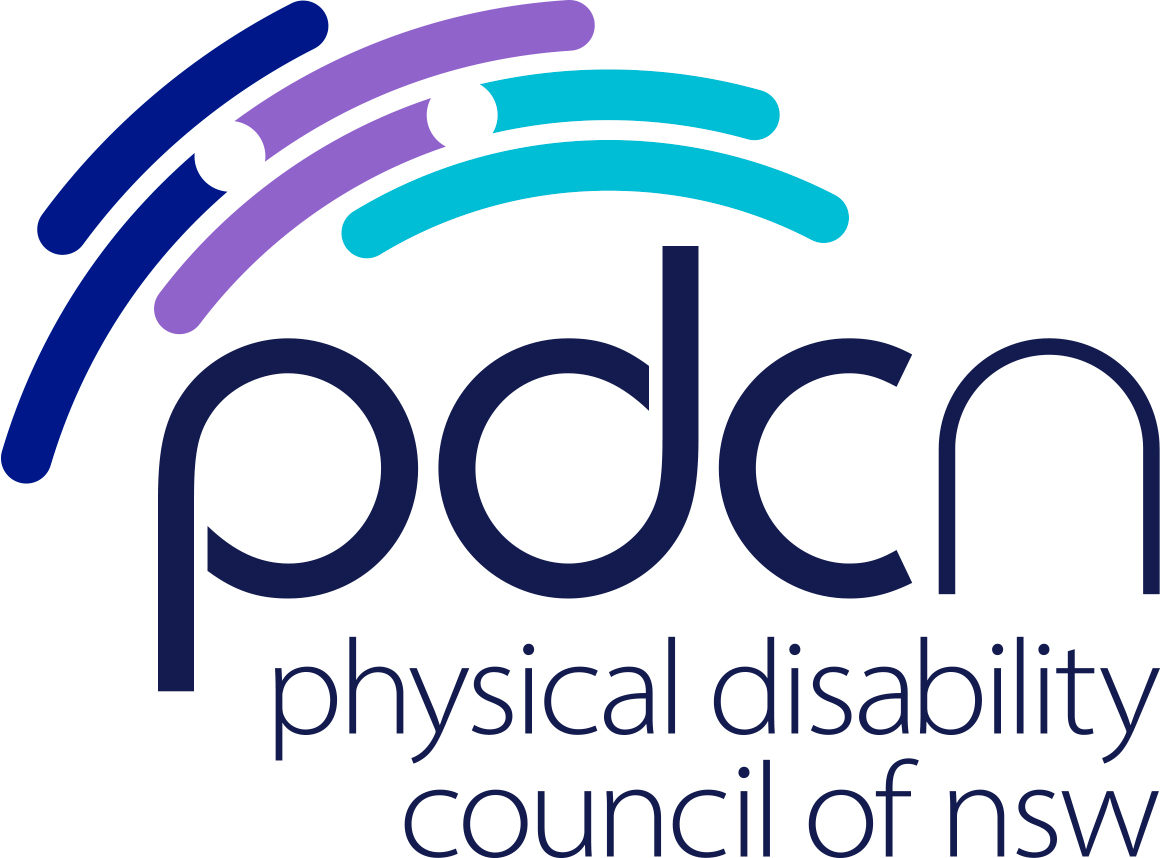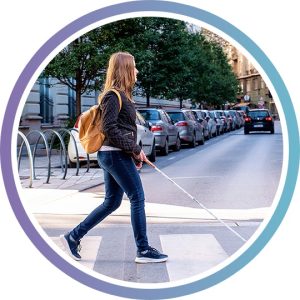
Reflections on Progress Under the National Disability Strategy.
You may have heard of the Curate’s Egg?
In the original anecdote a young curate, on being given a bad egg for breakfast by a bishop, politely declared it to be ‘good in parts’ in deference to the bishop’s seniority. This anecdote came to my mind as I recently prepared PDCN’s submission on the National Disability Strategy.
Reflecting on the various programs, policies and other initiatives implemented under the previous Strategy and talking to people with physical disability about the challenges they still experience across their day-to-day lives, I found myself thinking that while significant effort had been invested, the outcomes fell far short of what people with disability need.
This led me to contemplate whether the way that we conceptualise disability as a society needs to fundamentally change.
In a conference earlier this year on inclusion, one of the speakers referred to disability as ‘a normal part of the human condition’. The reality is that each of us will, at some point in our lives, experience physical disability on either a permanent or temporary basis. Yet as a society we struggle to accept disability as a normal part of life.
Australia continues to rigidly adhere to mainstream design across services and infrastructure, despite research indicating that we would all benefit from universal design.
Universal design is often viewed as an optional extra, to be considered if cost or convenience permits. Hence the fact that, for instance, we have only a handful of lift and change facilities among the thousands of public toilets across NSW.
In times past, when people with physical disability primarily lived within institutional settings with 24-hour care, this may have been appropriate. Fortunately, we have moved forward as a society to acknowledge that people with physical disability have the right to participate as citizens and members of their communities.
But this acknowledgement is not worth much when, in 2020, you can use a public footpath to access a restaurant, but you can’t get in the door or use the EFTPOS machine without assistance.
The truth is, as long as we continue to build a society that does not ‘fit’ people with physical disability, people with physical disability will always be marginalised. It is impossible to have a fully inclusive life experience when almost nothing you interact with has been designed with your needs in mind.
Fighting to gain access further reinforces this marginalisation, since you then need to justify modifications based on your physical limitations. This process usually requires the disclosure of personal information to various nameless, faceless entities – and yet we say that we have moved away from a medicalised model of disability.
I can’t help but think that if we had it right, we wouldn’t need a National Disability Strategy at all. If we, as a society, focused on ensuring universality as key to basic design across all aspects of our public services and facilities, any person, irrespective of their physical capabilities would be assured a base level of accessibility. People with disability would then no longer have to lives constrained under a support structure that aims to fit them to society, not society to them.
So, what can be done now?
This sort of radical change requires time. Given that we have a National Disability Strategy, the best thing, for now, is to focus on the strategy as a vehicle for achieving that change over the next decade.
To achieve this, the National Disability Strategy needs to prioritise universal design as the expected design standard across all state and private infrastructure. Exemptions should be tightly controlled, and provided sparingly, with a commitment across all levels of government to provide the necessary support to retrofit to universal design principles as needed.
At the same time, the National Disability Strategy needs strong administration. An independent authority needs to be set up to collate current research and universal design models, provide advice and training, assist in the development of universal design targets, and to monitor progress towards those targets.
More broadly still, we need to look at the main enforcement mechanisms to protect the rights of people with disability and increase compliance through stricter penalties. If Australia is serious about its commitment to the United Nations Convention on the Rights of Persons with Disabilities (UNCPRD ) then it needs to step up and demonstrate that commitment.
For us as a community, it is about recognising the value and worth of people with physical disability within society and fighting for nothing less than full inclusion. It is about making sure that our voices are heard, and keeping the rights accorded to people with disability through the UNCPRD front of mind. Unlike the curate, we shouldn’t have to accept, or be grateful for, an egg that is only ‘good in parts’.
Hayley Stone
Senior Policy Officer
You can read our submission in response to the review of the National Disability Strategy here: https://www.pdcnsw.org.au/wp-content/uploads/2020/11/National-Disability-Strategy-Submission-October-2020.pdf



